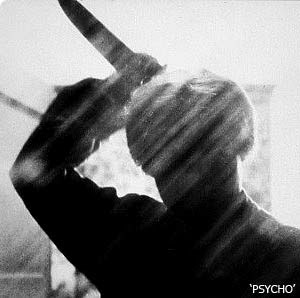When you look at this painting you feel a certain way. This is because the colour and style and the shapes used are universally related to feelings of hate and anger. When you look at it, you think blood splatter, and when you think of that you think of murder, and crimes of passion, which usually involve a lot of feelings of hate and anger.

Yet when you look at this painting, you feel something totally different, again because of the the colour and shapes used in the painting. Joy and happiness is what I feel when looking at the picture, and I'm sure most people would feel the same.

Again this picture evokes a different emotion. The shapes and lines used in this painting represent a sort of tension and anxiety.
Most abstract art relies on these universal themes and symbols to give meaning to their work. As McCloud says '..A single image can represent the senses and emotions..' in ways such as - Angry = Reds, Placid = Blues, Anxious = Textures, Loud = Shapes, Quiet = Lines and Cold = Greens.

The example of the photo of the Earth from space is a perfect example. By looking at it we, in this day and age, know exactly what it is and what it represent, and we get a serene and joyus feeling from looking at at. But on a deeper level, even if we didnt know what it was we would still feel the same emotions because of the colours and shapes that are in the picture. The picture has a lot of blue and greens and swirls of white, giving that placid feeling, and the Earth itself is a circle or sphere with no harsh edges, giving a strong, powerful and happy feeling. This shows how strong these shapes and colours and symbols are towards create emotion in art.


